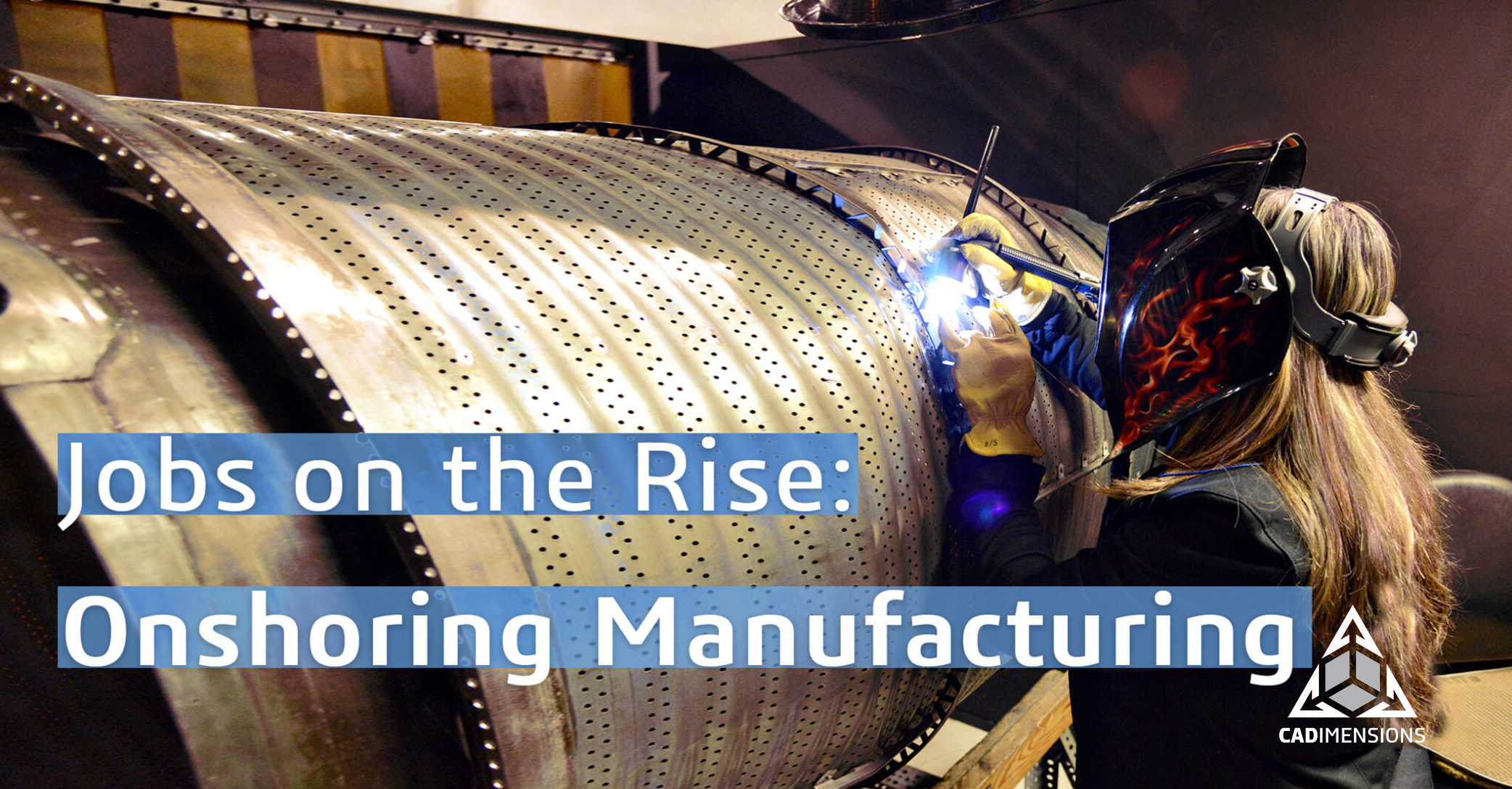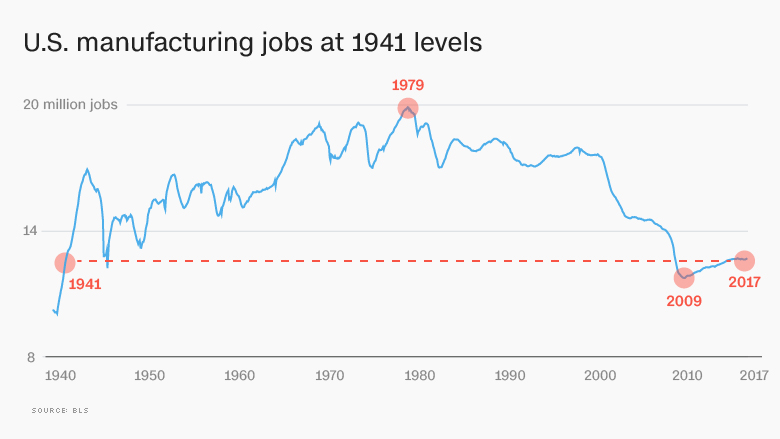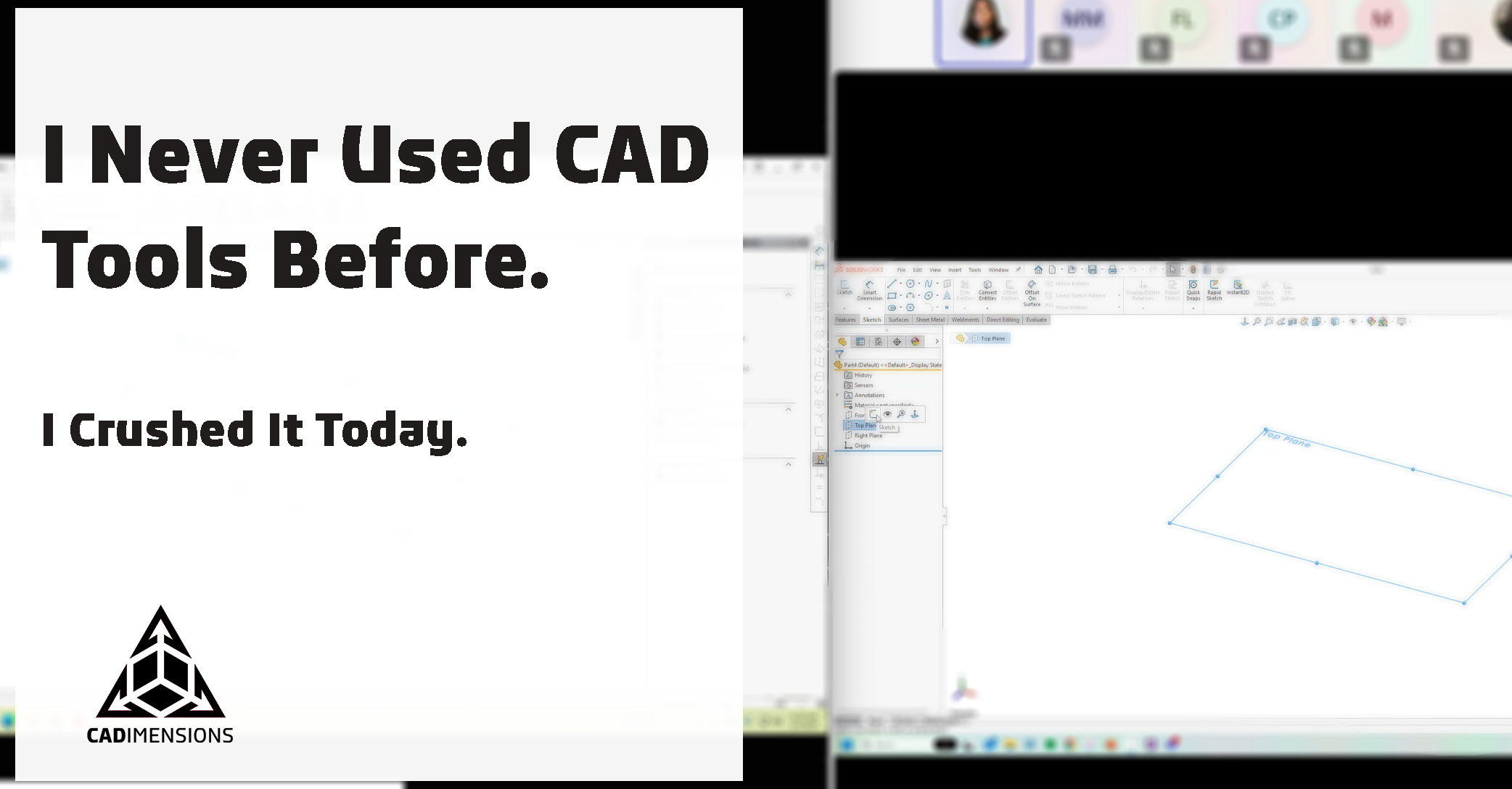American Manufacturing Jobs on the Rise
In recent years, the United States has been much better about becoming more efficient and leveraging the skill of our workers, thus bringing back jobs and business. Since the end of the Great Recession in 2009, manufacturing jobs in the US have been on the rise. (Graph shows total manufacturing jobs.)
Why Did Manufacturing Go Away
Before we discuss the reasons as to why manufacturing is coming back to the US, let’s talk about why it left in the first place: Globalization
Globalization is the process by which businesses or other organizations develop international influence or start operating on an international scale. One of the reasons companies began operating on an international scale is because the manufacturing costs within the US were higher than in other parts of the world. One could argue that the American manufacturing process became outdated and inefficient because we stopped innovating it. Could this be because companies grew complacent?
Whenever we discuss ways to make manufacturing more efficient, the common phrases we hear back are:
- “We’ve been doing it this way for so many years.”
- “If it ain’t broke, don’t fix it.”
Competition Drives Innovation
This might be a major component as to why jobs left the US, and could be a sign of complacency. Companies stopped trying to be better because there was no need to change. Now we need to change in order to be more competitive.
American manufacturing enjoyed many years being king of the hill however, many American firms got fat & happy and lost the drive to continue to innovate. This allowed foreign companies to become more efficient and reduce their costs; at the end of the day, American jobs were lost. We are facing an uphill battle to become just as efficient, but we need to start now or it will become increasingly difficult to compete in a global economy.
In recent years, we’ve seen many “household” brands file for bankruptcy. Circuit City, Compaq Computers, Kodak and, most recently, retail giants like Blockbuster and Toys “R” Us. Could complacency be a major factor in the downfall of these businesses? In the quest to understand how complacency has an impact on companies, the article “Complacency or Innovation: You Decide” talks about how “If you rest on your laurels, you will, without a doubt, be overrun by your competitors.” This helped me understand why complacency is a problem for businesses. It’s definitely worth a read.
The underlying factor in all of this boils down to one thing - price. Onshoring, Reshoring or Nearshoring American manufacturing has a lot of benefits but without a significant price advantage, there is no way to compete. Increasing operational efficiency has a direct impact on your ability to stay competitive by reducing your production costs and, in return, reducing your market price. I will spend a little more for a product manufactured in the US for a number of reasons, but I will not spend significantly more. Modern manufacturing has found ways to leverage tools in order to cut costs and be more competitive while offering additional benefits that overseas firms cannot compete with.
7 Reasons For Bringing Manufacturing Back to the US:
- - Shorter manufacturing lead times with domestically made products
- - America offers a more skilled workforce
- - The rising costs of freight expenses
- - Fewer regulatory compliance and intellectual property risks
- - Local tax incentives
- - Responsiveness to consumer demands
- - Offshore wages are rising
This article states that Farouk Systems, Caterpillar, General Motors, General Electric, Ford and Walmart have all brought jobs back to the US because of one of the reasons listed above. It also talks about how “In fact, approximately 248,000 jobs have been reshored by U.S. corporations within the past 5 years.”
So we know the impact that globalization has had, and we know that there are early movers in the market today who are eager to bring manufacturing jobs back to the U.S. Let’s turn our attention to the tools that American companies are employing to improve their production operations.
As modern manufacturers look for ways they can increase their efficiency, the first place to look is at internal processes and what software tools will help automate things.
6 Ways to Increase Efficiency Using Software:
- Integrated CAD/CAM (Computer Aided Design)
- CAM Software (Computer Aided Manufacturing)
- Automated Inspection Software
- Local or Cloud Based Data Management/ERP Software
- Streamlining Assembly Instructions
- 3D Printing and Additive Manufacturing
Surveying our local partners, we’ve found that there is still a large number of companies that rely on the skilled worker, coding machines by hand in order to manufacture parts. We know that manually programming parts takes a significant amount of time, but with the help of a CAM software package, this can be greatly reduced, even cut in half. Inspection software can automate the “First Article Inspection” process and reduce the time spent creating documents by up to 80%. Data management can alleviate miscommunication and allows the entire manufacturing process to be streamlined and operate more efficiently. These products are often much more complicated for the people assembling the finished product. By creating cleaner and better assembly instructions for the shop floor, workers can not only work faster, but they’re less likely to run into road blocks where they need to get clarification from engineering. 3D printing is finding a second wave of interest with its ability to aid in the manufacturing process. It can play a role in everything from rapid prototyping to custom jigs and fixtures, and even assembly aids that would have been far too costly before. Being able to 3D print in a variety of materials, including metal, has cemented the role that it will play in the manufacturing operations of the future.
Innovation is the key to maintaining a successful business with the constant changes in today’s diverse and global economy. Finding ways to become more efficient by reducing manufacturing time, reducing material scraps, and improving workflows through new softwares are ways to grow your business by being able to take on more jobs.



















